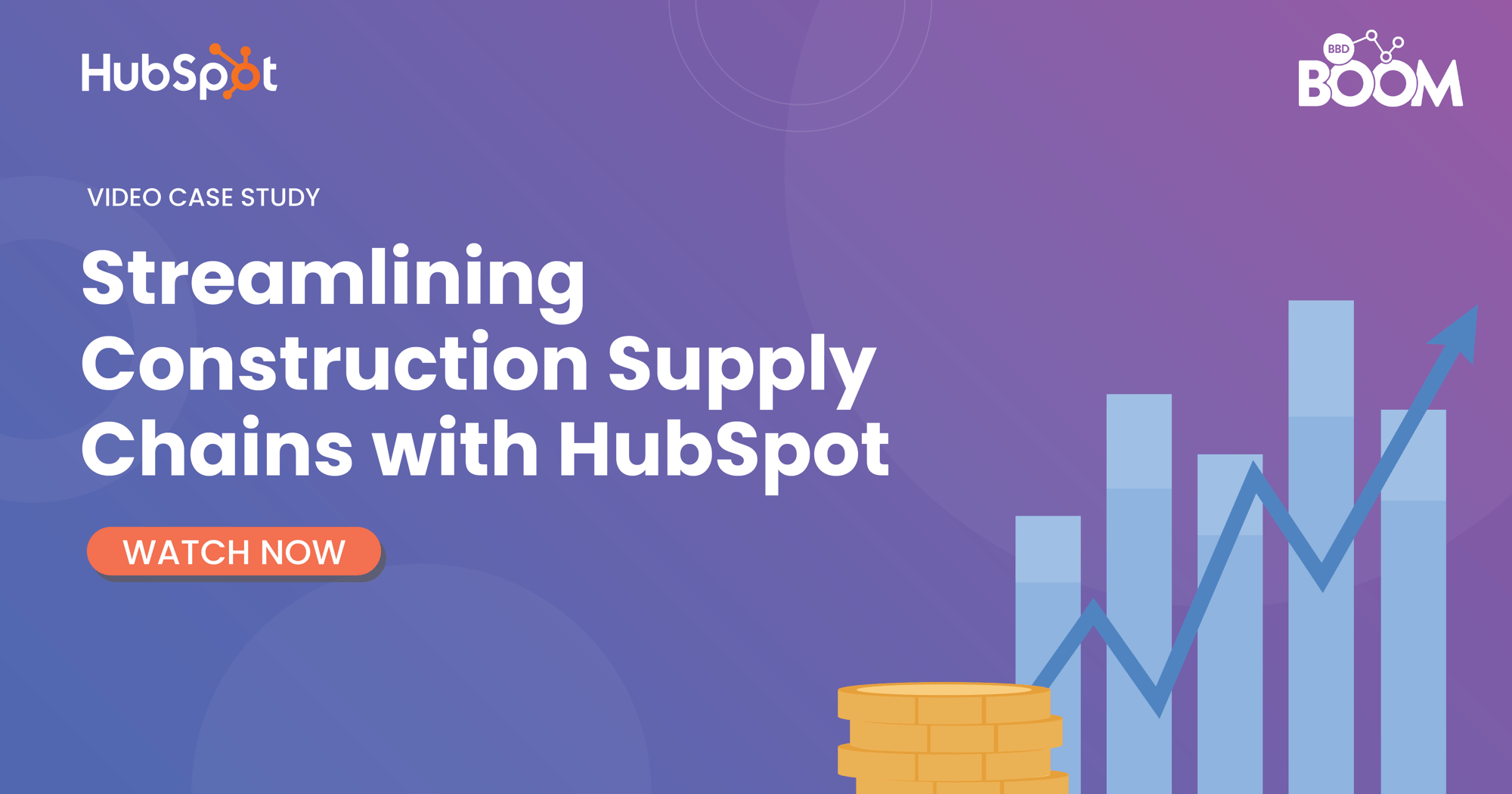Inbound Marketing is an approach focused on attracting customers through content and interactions that are relevant and helpful — not interruptive.
With inbound marketing, potential customers find you through channels like blogs, search engines, and social media. By creating content designed to address the problems and needs of your ideal customers, inbound marketing attracts qualified prospects and builds trust and credibility for your business.
Step 1: Review Your Current Marketing
Before starting any new marketing program, you’ll need to take into account your current performance. It’s critical that you take time to reflect on your current marketing efforts and environment and objectively evaluate how they are doing.
Ask yourself a series of questions to help you dig deep enough to surface the details that will allow you to best plan your next actions.
- We’ve put together a sample list below to get you thinking
- What marketing are you doing now?
- How is your overall performance?
- What is your budget?
- What does your website traffic look like? Where is it coming from?
- What keywords are you ranking for? (or could rank for?)
- How are your website conversion rates?
- What does your current social media presence look like?
- What does your contact database look like?
- How is your email marketing performing?
Based on your answers to these questions you’ll be able to better determine what should (and possibly needs to) be done with your marketing moving forward.
Want to know more about Inbound Marketing. Get hold of our free checklist, which goes into more detail:
Step 2: Define Your Marketing Goals
You’ve taken the time to explore where you currently stand with marketing, now… where do you want to go with it? What would you like to achieve? What would like your customers to do?
Use your answers to the questions above to help you define your marketing goals. Overall, these goals should be two things: SMART (Specific, Measurable, Attainable, Realistic. Timely) and aligned with your business goals.
Step 3: Define Your Personas
Introducing personas is one of the most effective ways of segmenting your customer base, and gaining a much richer understanding of the variances of customers you have interacting with your business.
Defining personas will enable you to identify key attributes, thoughts, behaviours and pain points relevant to each. With this understanding, you can tailor your inbound messaging and produce content that will offer a richer experience for your persona or prospect.
Step 4: Setting Your Gameplan
Your Marketing Game Plan should outline the points below, from which you can analyse the tools and resources you will need to deliver against each one.
Content Strategy
● What is your value proposition?
● Knowledge of the keywords your personas are using
● A set volume of blog posts, as well as when and where you will publish them
● Social Media Networks, which ones will you use, how often will you post on them
Conversion Paths
● What will your personas be exchanging their information for?
● How will they do this on your website?
Technology
● Marketing Automation Software
● Customer Relationship Management Applications
● Content Management System
Step 5: Publish Content
Content will play a pivotal part in your inbound marketing strategy, you need to define the content types you’ll be using early on, and set out a plan for how you’ll share that content with the world. Let’s look at a few examples:
Blogging
If you're just breaking out into the world of blogging, we typically advise starting things off slow with just 1 or 2 posts per week for the first few months. After a short while you’ll find your rhythm, have an understanding of what works and what doesn't, allowing you to better gauge the sorts of content your audiences engages with the most.
Social Media
Social Media is a great place to start when it comes to driving traffic to those all important blog posts. Keep in mind though, that you don't want to make your feed or posts all about you. Following the 80/20 rule should set you in good stead. 80% of your publishing should be dedicated to sharing, with the remaining 20% used for self promotion. Of course those ratios may vary from time to time, but it’s best to strike a good balance to avoid coming across as spam.
Overall you should make sure your content is interesting, or useful to your given personna types. Don't be afraid to ask for feedback, quick polls that ask your audience whether they found your piece of content useful, or interesting are great ways to start. Doing this will help you understand what your audience is looking for from your postings.
Premium Content
Premium Gated content, is your business's best shot to gather known leads. The best type of content to gate are things such as whitepapers, case studies, ebooks or slidedecks. Having your content hidden behind a form, is a highly effective way of showcasing your skills, knowledge and ultimately expertise to potential customers in exchange for their contact information.
If you liked this post and are interested in developing your Inbound Marketing Strategy, fill out the form below to speak with one of our experts. (See what we did there?)
New to inbound marketing? Download our free executive guide by clicking below.
Click here to learn more about HubSpot CMS Hub.
.png?width=877&height=508&name=bbd-boom-siloy-navy+blue-logo%20(1).png)
.png)

.jpg)








